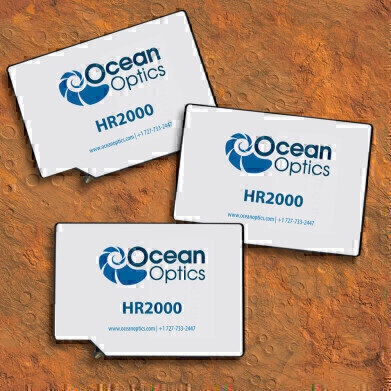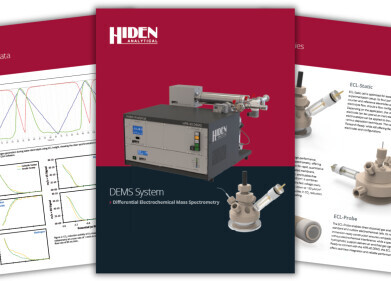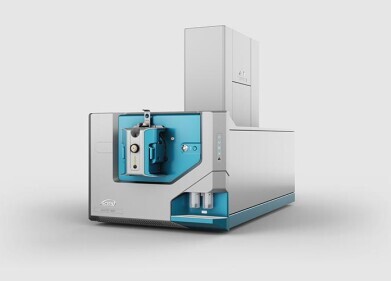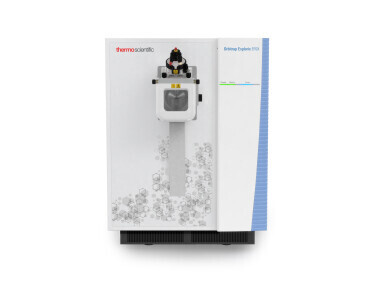Mass spectrometry & spectroscopy
Spectrometers Land Safely on Mars
Aug 23 2012
Three Ocean Optics instruments have completed their eight month journey to Mars to study soil composition as part of the ChemCam mission. NASA’s Mars Science Lab rover, Curiosity, was launched last November carrying customised Ocean Optics HR2000 spectrometers.
The Curiosity Rover has the most advanced scientific instrumentation ever used to study the surface of Mars, and weighing in at 1 tonne, has the heaviest payload. The 7 minute descent through Mars’ atmosphere relied on a complex landing sequence never before attempted. To withstand the rigors of space travel and descent, the on-board Ocean Optics spectrometers were modified to handle extreme temperature ranges, radiation, shock and vibration.
After 14 tense minutes of waiting (the amount of time it takes for a signal to reach NASA’s mission control from Mars), NASA was able to confirm that Curiosity survived the descent intact. Shortly after, it beamed back the first pictures from the surface of the Gale Crater where it landed. Now, the work begins for the Ocean Optics spectrometers as the rover journeys to Mount Sharp, a 3 mile high mountain inside the crater, collecting data as it goes.
The three modular HR2000 high-resolution miniature fibre optic spectrometers will study Martian rock and soil composition using Laser Induced Breakdown Spectroscopy (LIBS). Each ChemCam spectrometer is configured to detect elemental signatures over a different wavelength of light: 240-336nm, 380-470nm, and 470-850nm. The use of the three spectrometers simplifies the design and creates redundancy, as many elements under study have spectral lines in more than one of the spectral ranges covered by the three units.
Ocean Optics equipment has been used by NASA researchers for missions both on Earth and in space. A custom Ocean Optics spectrometer named ALICE was instrumental in detecting the presence of water ice on the moon during the LCROSS mission. The company’s modular Jaz spectrometer scaled Mt. Everest with a team that included NASA astronaut Scott Parazynski to measure solar irradiance at extreme altitude.
Digital Edition
Lab Asia Dec 2025
December 2025
Chromatography Articles- Cutting-edge sample preparation tools help laboratories to stay ahead of the curveMass Spectrometry & Spectroscopy Articles- Unlocking the complexity of metabolomics: Pushi...
View all digital editions
Events
Jan 21 2026 Tokyo, Japan
Jan 28 2026 Tokyo, Japan
Jan 29 2026 New Delhi, India
Feb 07 2026 Boston, MA, USA
Asia Pharma Expo/Asia Lab Expo
Feb 12 2026 Dhaka, Bangladesh



















